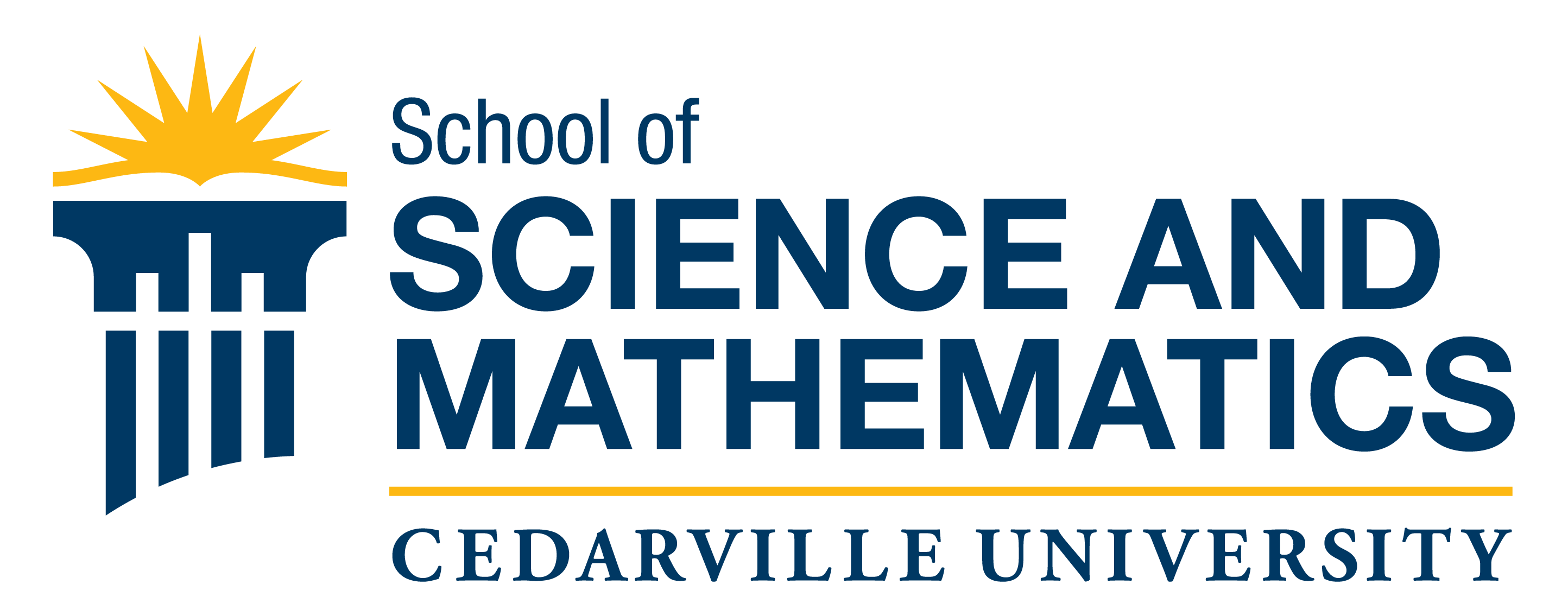Science and Mathematics Faculty Presentations
Document Type
Poster Session
Event Date
4-19-2015
Conference/Event
35th Annual Symposium on Sea Turtle Biology and Conservation
Location
Dalaman, Mugla, Turkey
Abstract
The Bay Islands of Honduras consist of three different islands, one of which is the island of Roatán on which the Roatán Marine Park (RMP), a marine protected area, is located at the west end. The RMP has only recently become an important area for sea turtle populations. The marine park is patrolled daily by park rangers to prevent illegal fishing practices, and the take of sharks and turtles, creating safe foraging areas for many marine megafauna. Hawksbills have been observed foraging within the park, yet the prey species they utilize are essentially unknown. We observed hawksbill foraging behavior for 15 – 20 min intervals and collected small samples of prey we observed turtles ingesting. Potential hawksbill prey items were surveyed by random transects over the reef at 13 individual dive sites. Six to seven transects per site were conducted by laying a 30 meter rope marked every five meters with colored string and a number, over a section of the reef. We placed a 1m2 quadrat at each of the six markers, taking photographs from approximately one meter above each quadrat. Photos were sorted by dive site and transect number, taken into Photoshop CS6 for editing, and then imported into Coral Point Count with Excel extensions (CPCe) to identify presence/absence of species of coral, gorgonians, macroalgae, sponges, and zooanthids. Within the RMP, 13 individual sites have been analyzed to date and revealed a combined average mean of 13.44% ± 3.93 SD for the presence of hard and soft coral, 5.09% ± 2.17 SD gorgonian, 27.60% ± 7.54 SD brown, green and red macroalgae, 2.14% ± 1.21 SD sponge, and 0.26% ± 0.36 SD zooanthids. Also within our study transects we found 19.91% ± 6.51 SD dead coral with algae, and 0.01% ± 0.02 SD diseased corals. Thirty-five individual turtles were observed foraging, and of these, 14(40%) were observed eating only algae during the time observed, while 11(31%) were observed eating only sponge, and 10(29%) were observed eating both sponge and algae. We suggest that due to the high percent presence of macroalgae, the low percentage of sponges, and the high percentage of turtles observed consuming algae among the six dive sites, macroalgae may be an important prey item for turtles at this location. A possible cause for this may be the high percentage of dead corals within our study dive sites on which macroalage are growing. Continued management of the RMP through daily patrols may facilitate reef habitat improvement and potential hawksbill population recovery in this area.
Keywords
Hawksbill, prey distribution, Honduras
Recommended Citation
Hayes, Christian; Wright, Marsha K.; Macpui, Marta; Salinas, Lidia A.; and Dunbar, Stephen G., "Potential Hawksbill Prey Item Distribution Among Dive Sites in a Marine Protected Area in Roatán, Bay Islands, Honduras" (2015). Science and Mathematics Faculty Presentations. 247.
https://digitalcommons.cedarville.edu/science_and_mathematics_presentations/247



